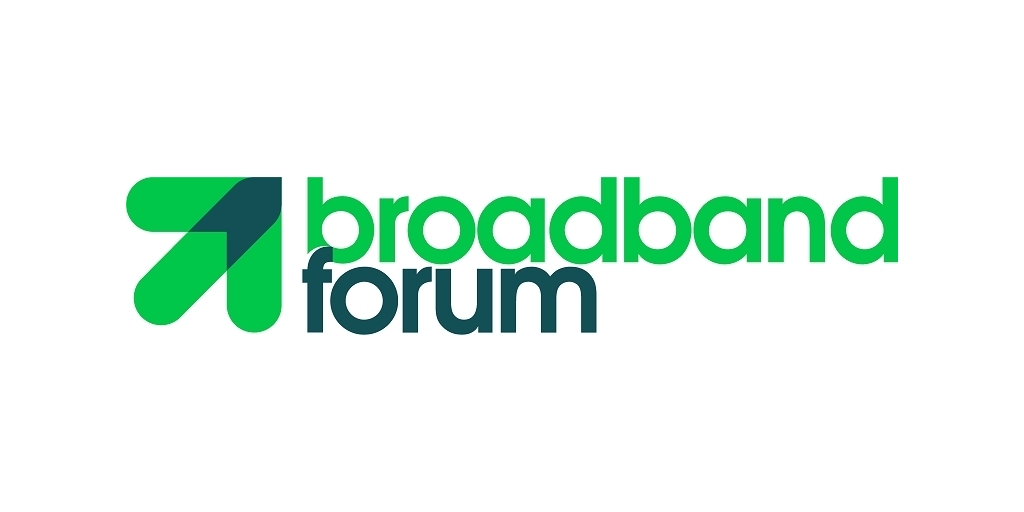Broadband Network Gateway
Vodafone, Nokia, Cisco, etc. in multi-vendor test of Broadband Network Gateway
Vodafone, together with Benu Networks, Casa Systems, Cisco and Nokia, have successfully tested a system based on a Broadband Forum specification which will make it quicker and easier to deliver faster fixed broadband services to new and existing customers across Europe.
In a world first, the companies applied a new open architecture to the Broadband Network Gateway (BNG) – a critical component for connecting multiple users to the Internet – to enable it to work using separate software and hardware from multiple vendors. This is an important step in opening up the current single-supplier, monolithic broadband gateways to greater technological innovation from a more diverse supply chain.
Called Disaggregated BNG, the technology will change the way broadband networks are built. Using the global TR-459 standard devised by the Broadband Forum, the test allowed the core control functions of the gateway, such as authenticating a user and increasing bandwidth to support streaming services, to be separated and managed efficiently in the cloud whilst ensuring multi-vendor interoperability. Vodafone can then separately upgrade, scale and deploy new features and add more capacity, enabling greater agility and faster time to market when making enhancements across its pan-European broadband network.

Johan Wibergh, Chief Technology Officer for Vodafone, said: “We are already driving a more diverse and open mobile ecosystem with Open RAN, and now we are targeting fixed broadband. As an industry, and with government support, we owe it to people with no or slow internet access to quicken the rollout of new capabilities on fast, fixed broadband.”
Disaggregated BNG will also lower development costs for existing and new ecosystem partners and allow deeper integration with 5G.
Broadband Forum specification – multi-vendor interoperability
The test used Control and User Plane Separation technologies defined by both the Broadband Forum and the global mobile standard 3GPP, which means there will be more opportunity for converged fixed and mobile service delivery. It was conducted between test labs in Belgium (Nokia), Ireland (Casa Systems), India (Cisco) and the United States (Benu Networks).
The Broadband Forum TR-459 specification describes how a traditionally monolithic function is split into two main components – the Control Plane and the User or the Data plane. The Control Plane is the brain of the system and is responsible for managing the interactions with the customer home router, authenticating the user and determining the services and policies that should be applied. The User or Data Plane is then responsible for forwarding the users’ traffic to the correct services and enforcing any required policies such as Quality of Service (QoS).
Standardization of Control and User Plane Separation (CUPS) enables the Control Plane from one vendor to control the User Plane from a different vendor.
Partner quotes:
“We applaud Vodafone for taking a strong industry leadership role by driving standards-based interoperability between vendors,” said Ajay Manuja, CTO and VP of Engineering at Benu Networks. “Benu has specifically designed our cloud-native, disaggregated SD-Edge platform to be an open system for BNG and 5G convergence, supporting over 25 million broadband-connected homes and businesses.”
“Our goal is to simplify network transformation and make it easy for service providers to be more agile and innovative,” said Jerry Guo, CEO of Casa Systems. “Working with Vodafone, we were able to prove the interoperability and scalability of our standards-based disaggregated BNG solution that allows operators to break away from legacy infrastructures and deploy new services to their customers faster.”
“Cisco is committed to driving solutions to expand broadband penetration worldwide.” said Andy Schutz, Product Management Senior Director for Cisco. “We believe the work being done in the Broadband Forum is fundamental to these efforts, especially in the area of creating greater flexibility and choice of control and user planes from different vendors leveraging the TR-459 standard.”
“As a leading BNG vendor, Nokia is pleased to demonstrate support for a wide range of BNG deployment models including Broadband Forum’s disaggregated BNG architecture,” said Vach Kompella, VP and GM of Nokia’s IP Networks Business Division. “Nokia envisions a significant evolution in BNG architecture with the introduction of CUPS in fixed, wireless and 5G fixed wireless applications which will allow rapid feature introduction, optimal user plane placement and selection, as well as improved operations.”
……………………………………………………………………………………………………………………………
Ken Ko, managing director of Broadband Forum, told Fierce Telecom the BNG has traditionally been a “monolithic piece of equipment,” meaning operators might have to purchase a second BNG if they want to scale up or add capacity. This in turn could leave them with control plane capacity they don’t need but paid for anyway.
But with a disaggregated BNG, operators can deploy the control and user planes in a new way, centralizing the former and distributing the latter to reap myriad benefits, he said. For instance, the user plane can be deployed closer to the customer, delivering improved performance for users and giving the operator the option to scale in more flexible increments.
Additionally, by centralizing the control plane, operators not only gain scale benefits, but can also eliminate the need to set up a control plane for each individual BNG that’s rolled out. Ko pointed to improved resilience and streamlined orchestration as two other benefits of the disaggregated BNG.
For its part, Vodafone argued disaggregated BNGs would also enable “greater technological innovation from a more diverse supply chain” by lowering development costs for new and existing ecosystem players. It also highlighted the potential for deeper integration with 5G since the same control and user plane separation technology is also defined by 3GPP specifications.
Ko said the test “is a really important milestone,” adding “just the fact that we’ve got all of these players working together on this test shows that we’re getting to real deployable solutions.”
Vodafone Group
Media Relations
[email protected]
Investor Relations
[email protected]
References:
https://www.vodafone.com/news/press-release/world-first-multi-vendor-test-new-broadband-standard
https://www.fiercetelecom.com/tech/vodafone-trials-disaggregated-broadband-gateway-nokia-cisco

